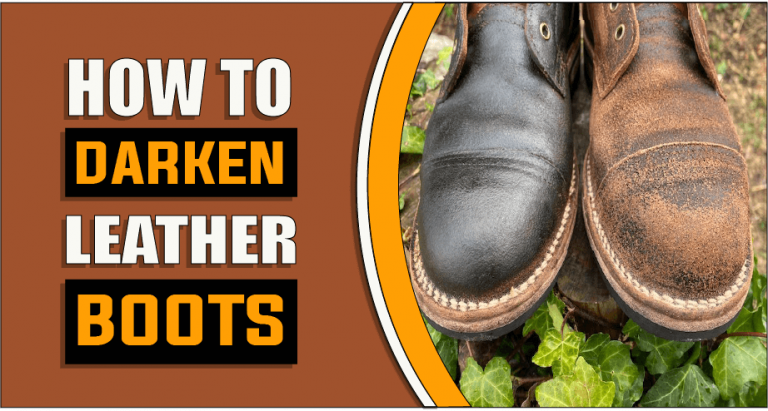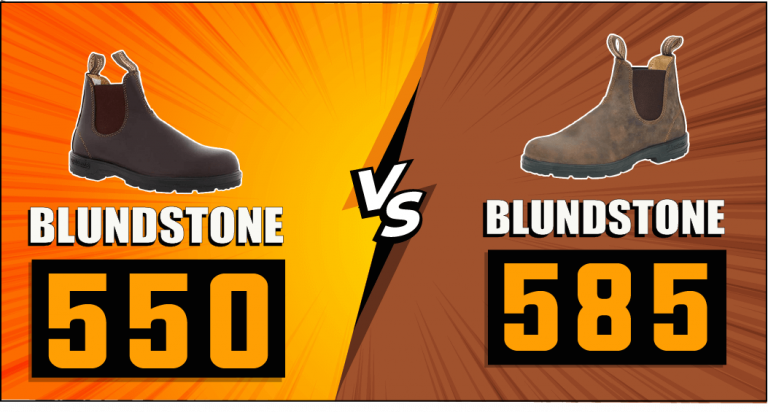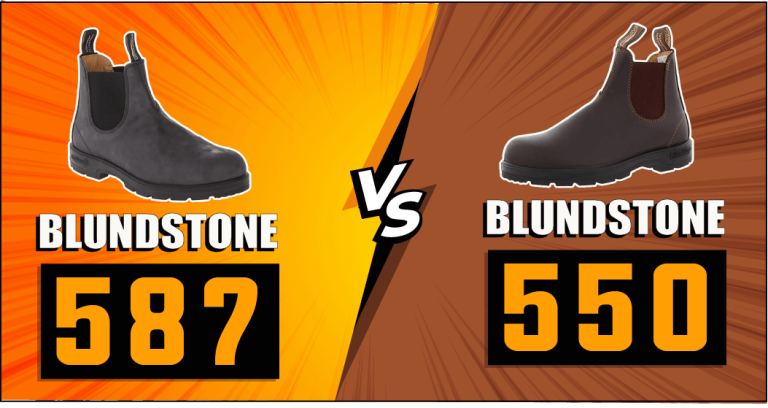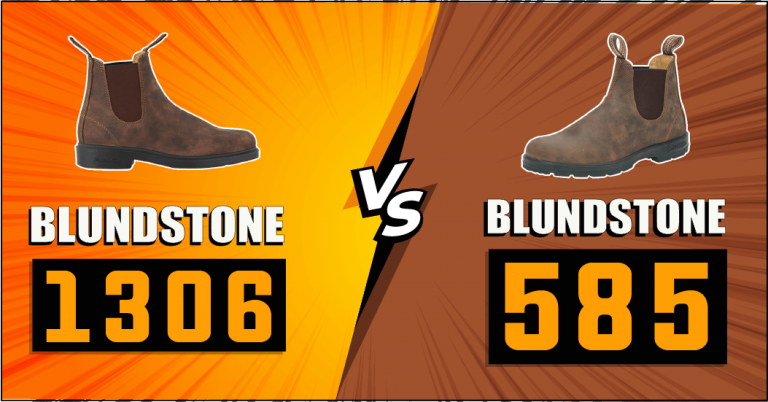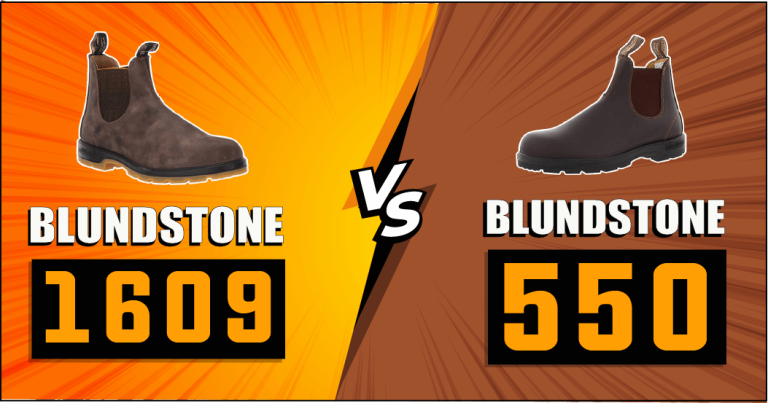How To Prevent Blisters From Steel Toe Boots – Know Before You Wear
Are you an avid steel toe boot user? If so, you understand how important it is to not only protect your feet from potential hazards in the workplace but also to prevent any potential discomfort that might arise after wearing them for long periods. One particular symptom common among most steel-toe boot wearers is the formation of blisters on their feet and toes due to constant rubbing. While having a pair of boots with strong non-slip soles and securely fitted ankle uppers can offer some protection from friction, there are still several other steps one should take if one wants a completely blister-free experience when working or playing in their steel-toe shoes. Today, we’ll be taking an in-depth look into why blisters form on your feet while wearing your work boots, as well as how to prevent blisters from steel-toe boots—so read on!

What are blisters?
Blisters are raised areas of skin filled with fluid, commonly caused by friction or irritation. They can form on any part of the body but are most common on the feet. Blisters typically cause no permanent damage to the skin unless they become infected. A blister is formed by a pocket of clear fluid trapped between layers of skin. The fluid is usually serum or plasma, which seeps out of small blood vessels when the skin is damaged. As the pocket of fluid accumulates, it separates the layers of skin and causes a raised area on the surface.
What causes them to form blisters on the feet wearing steel-toe boots?
Steel toe boots are designed to protect the feet from impacts and other hazards that can be encountered at work. However, they can also cause discomfort in some cases due to tightness or friction. This can lead to blisters on the feet wearing steel-toe boots. Here are some of the most common causes:
1. Poor-Fitting Boots:
If boots fit too tightly, they can rub against the feet and cause friction that leads to blisters. This is especially true if your steel-toe boots are made out of a material that doesn’t stretch or conform to the shape of your feet. Additionally, if they’re too loose, they can cause your feet to slide around inside the boots and create blisters.
2. Sweaty Feet:
If your feet tend to sweat a lot, this could be another common cause of blisters on the feet wearing steel-toe boots. The moisture combined with the friction can lead to blisters forming.
3. Rough or Poorly-Made Boots:
If the boots are made of poor-quality materials and have rough edges, they can rub against your feet and cause blisters. Make sure to inspect the insides of your boots for any sharp edges or areas that could be causing friction before wearing them.
4. Unsupportive Insoles:
If the insoles inside of your steel-toe boots are not supportive, this can cause your feet to move around more and increase friction. Make sure that they have enough cushioning and arch support to help keep your feet in place.
5. Incorrect Sizing:
If you wear a size that’s too large or small for your feet, it can cause your feet to move around more inside the boots and create friction. Always make sure that you’re wearing the correct size before putting on a pair of steel-toe boots.
How To Prevent Blisters From Steel Toe Boots?
Wearing steel-toe boots can be an important protection measure for those who work in hazardous environments, but the shoes can come with some unpleasant side effects. Blisters are a common problem experienced by people who wear steel-toe boots and are often incredibly painful and irritating. Fortunately, there are several ways to prevent blisters from forming.
1: Choose the Right Boots:
One of the most important steps you can take to prevent blisters from forming on your feet is to choose boots with the right fit. Make sure that you measure your foot before buying boots and have a professional help you find the best size and shape for your feet. If possible, try on several different pairs until you find one that fits comfortably without being too tight or loose.
2: Wear Proper Socks:
Wearing the right type of socks can help to reduce friction and moisture, both of which can cause blisters to form on the feet. Choose socks that are made from natural materials such as cotton, wool, or silk, as they will absorb sweat and reduce friction between the feet and the boots.
3: Break in Your Boots:
To avoid blisters when wearing steel-toe boots, it is important to break them in before wearing them for long periods. Wear your boots around the house for a few hours each day for several weeks before taking them out into more hazardous environments. This will help reduce friction and allow the boots to conform more closely to your feet.
4: Keep Your Feet Clean and Dry:
It is essential to keep your feet clean and dry while wearing steel-toe boots to prevent blisters from forming. Sweat and moisture can increase friction, causing blisters to form more easily. Change socks regularly and wear an absorbent material in between your socks and the inside of your boots to keep moisture away from your feet.
5: Use Moisturizers:
Using moisturizing creams or lotions on your feet before putting on steel-toe boots can help prevent blisters from forming. The added moisture will reduce friction as well as make the boots more comfortable to wear.
By following these tips and taking the appropriate steps, you can help prevent blisters from forming on your feet while wearing steel-toe boots. Wearing the right type of boots with a proper fit, using moisturizers and absorbent material, and breaking in your shoes before wearing them for extended periods can all help to keep your feet comfortable and protected. With the right knowledge and preparation, you can stay safe on the job while also avoiding painful blisters on your feet.
How long should you wear steel-toe boots before taking a break?
It is important to wear steel-toe boots for the required amount of time to ensure that your feet are adequately protected from any potential hazards. The recommended amount of time to wear steel-toe boots before taking a break varies depending on the type and intensity of work you do throughout your shift. Generally, it is recommended that an individual should take a break from wearing steel-toe boots for at least 10 to 15 minutes after every two hours of continuous wear. This will help make sure that the feet are not overworked and can stay comfortable throughout the day.
It is also important to ensure that your steel-toe boots fit properly, as an ill-fitting pair could cause excessive rubbing and lead to discomfort. Taking regular breaks from wearing steel-toe boots will also help reduce the risk of skin irritation or blisters, and can provide sufficient time for your feet to rest and recover. If you are in a profession that requires long hours of work with steel-toe boots, it is recommended that you wear a pair with extra cushioning to ensure comfort throughout the day.
Additionally, it is important to keep your steel-toe boots well-maintained to maximize their lifespan. Before wearing them, ensure that they are cleaned regularly and inspected for any signs of wear or damage. This will help ensure that your feet stay safe while you work, as well as allow the boots to last longer.
Taking the necessary steps to ensure that your steel-toe boots are used safely and for the right amount of time is essential to maximize their efficacy. Make sure to take regular breaks from wearing them and inspect them regularly to keep your feet safe at all times. Doing so will help you get the most out of your steel-toe boots and help keep your feet comfortable.
Relevant Questions:
Blisters can be a common problem for boots, and there are some easy steps you can take to avoid them. First, make sure the boots fit properly. When trying on new shoes, wear socks that you normally wear with this type of boot. Next, use shoe inserts or insoles to provide extra cushioning and help reduce friction inside your boots. You may also want to apply talcum powder or anti-friction cream to help reduce moisture and enhance comfort. Finally, take breaks while wearing your boots and switch out to different shoes throughout the day. By taking these steps, you can help prevent blisters and keep your feet comfortable in any pair of boots.
Blisters can occur when wearing steel-toe boots for a long period, or if the fit of the boot is not quite right. This can be caused by the rubbing and chafing of skin against the stiff material in the boots, resulting in an uncomfortable blister.
Blisters are caused by friction and heat. Poorly-fitting work boots can cause blisters as the foot slides inside the boot, creating friction between your skin and the boot’s inner lining. Wearing thick socks can help reduce friction, but if your work boots are too tight, it is best to purchase a different pair. It may be wise to purchase a pair of boots with plenty of cushioning, as extra padding can help to absorb some of the friction and heat. Additionally, it is important to take breaks and remove your boots every couple of hours, to give your feet a chance to cool off and reduce friction. If you follow these tips, you should be able to avoid getting any blisters while wearing work boots.
Steel toe boots offer a greater level of protection to your feet in the long run. Steel toe boots are designed with added reinforcement in the toe area, which provides an extra layer of protection against heavy objects and other elements that could cause harm to the wearer’s feet. The steel or composite material used in these boots adds additional durability compared to standard work boots, making them a great choice for workers who need to be on their feet all day. In addition, steel-toe boots also offer additional comfort as they often come with cushioning and/or arch support to provide better support for your feet throughout the day. Overall, steel-toe boots are an excellent option for those looking for long-term protection and comfort for their feet.
Conclusion Paragraph
In conclusion of this article, we have discussed how to prevent blisters from steel-toe boots. Steel-toe boots are essential for many occupations, but they come with the risk of blisters. To help prevent blisters, make sure to wear socks that fit well and avoid walking in wet conditions. If you do get a blister, don’t pop it! Popping a blister can lead to infection. Instead, drain the fluid and cover the area with a bandage. With these tips, you can enjoy all the benefits of steel-toe boots without fear of developing painful blisters!
Ella John created BootsSolution.com with the vision of helping people to find the perfect boots for any occasion. As an expert in the field of footwear, she has created a comprehensive guide to finding the perfect boots. With her BA (Hons) in Footwear Design from De Montfort University, UK, Ella John has been writing about boots for several years. On BootsSolution.com you can find helpful information about the latest trends, tips for taking care of your boots, and advice on how to choose the right pair. Ella’s mission is to provide her readers with the best possible advice and help make sure that everyone can look their best in a perfect pair of boots. So if you’re looking for the information and inspiration you need to find the perfect boots, look no further than BootsSolution.com.
